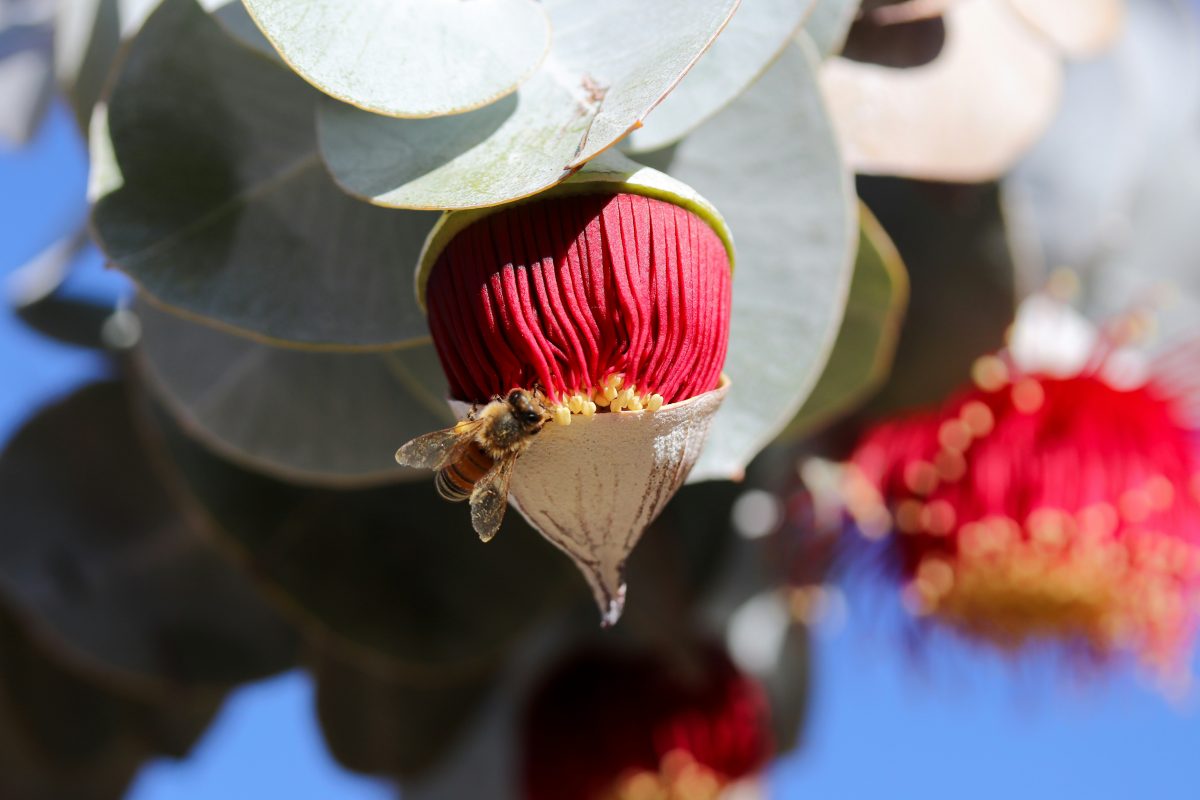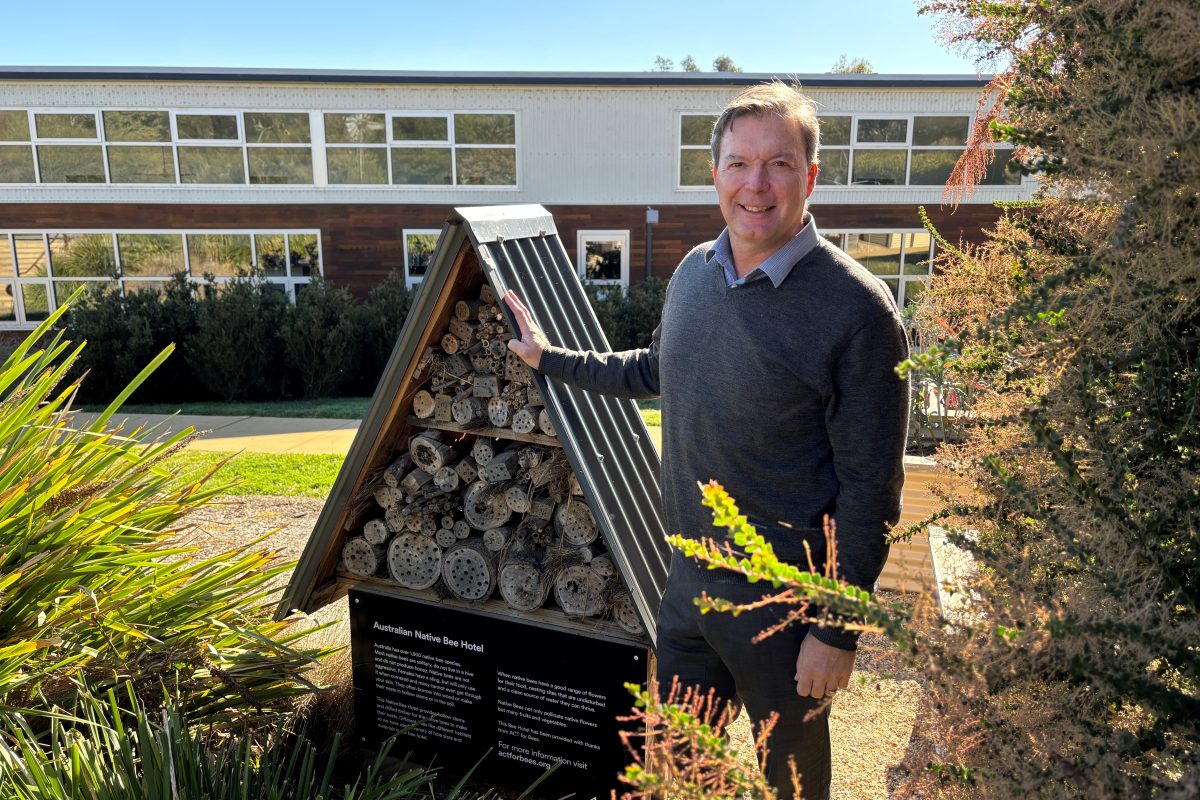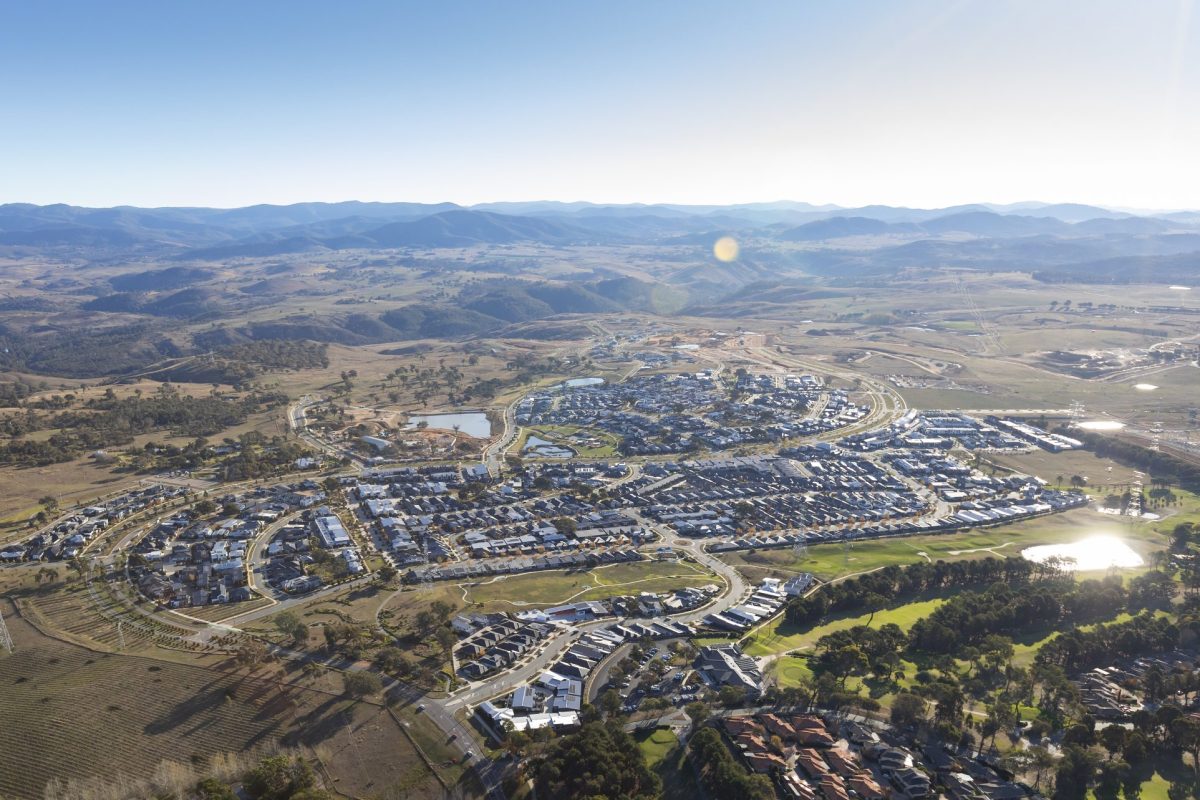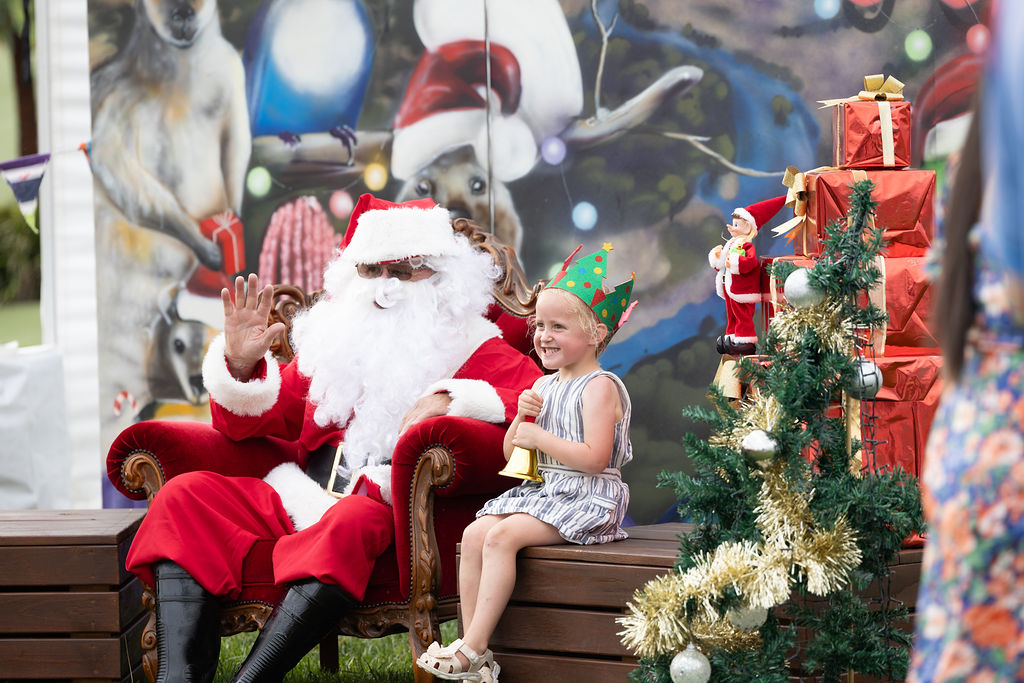A good place to be a bee: Ginninderry celebrates the humble pollinator
As we celebrate World Bee Day on 20 May, it is time to take a moment to recognise the importance and hard work of our small but vital pollinators.
But for Ginninderry’s Urban Design and Landscape Manager Matthew Frawley, bees are celebrated 365 days of the year.
Matt considers the needs of bees just as he considers all the facets of sustainable and environmentally conscious landscape design in Canberra’s first 6 Star Green Star Community. And he knows that if a suburb is good for bees, humans will undoubtedly enjoy it too.
Ginninderry has been following a “bee-friendly” approach to planning in consultation with ACT for Bees. While Strathnairn was the first suburb to include more targeted planting to encourage bees, Macnamara’s development has seen Ginninderry adopt a specific 200 X 200m grid design to ensure there is a variety of planting within the grid that can be comfortably accessed by bees when flying.
And bees are not the only beneficiaries.
“All pollinators are helped by this approach, from small birds to butterflies, and any little bugs,” says Matt.
And while honeybees focus most prominently in our minds when we think of bees, Matt notes native bees are also vital to biodiversity. To that end, Ginninderry has been planting specific varieties of plants, trees and shrubs to ensure all pollinators gets what they need.

Matt says native grevilleas always draw a crowd of native bees while exotic plants with flowers, such as pear trees, are appealing to the rest of the pollinator crowd.
Once pollination has been made a priority in landscape planning, as it has at Ginninderry, it almost becomes second nature.
“The 200 x 200 template makes good sense, and in reality it doesn’t cost that much more – but it does require a bit more thinking,” says Matt.
He also notes it does take a bit more commitment on behalf of the asset owner—usually government—to ensure the commitment to a pollinator-friendly environment is matched by the resources it needs, which may include additional plantings, water, and weed control.
But the payback is huge. Not only do bees and other pollinators make it home, but it makes sense for humans, and the environment generally.
“By putting more biodiversity in the landscape we find people react better too. More planted areas mean better climate adaption, more personal amenity and just a generally more pleasant environment to be in for everyone.”



